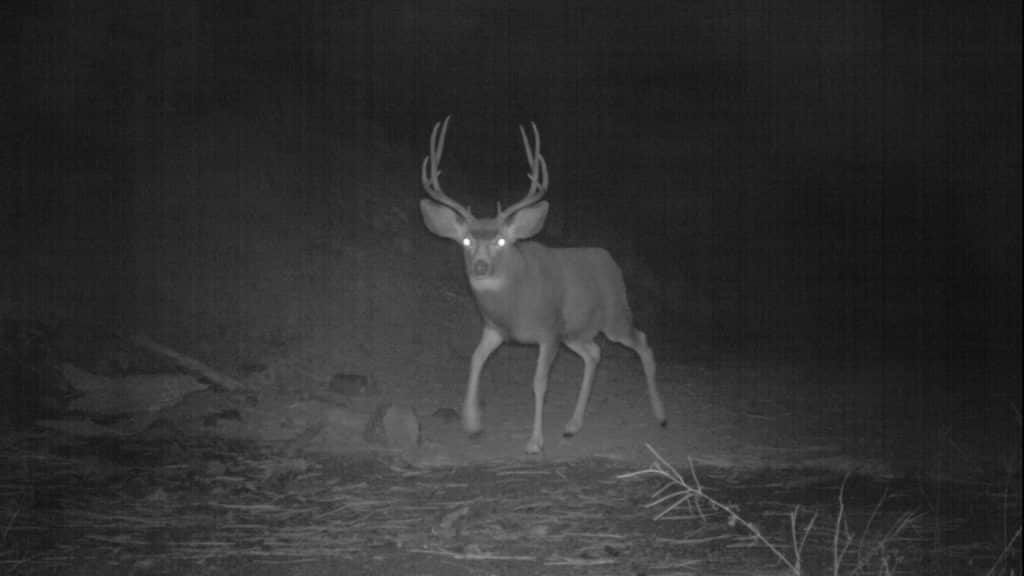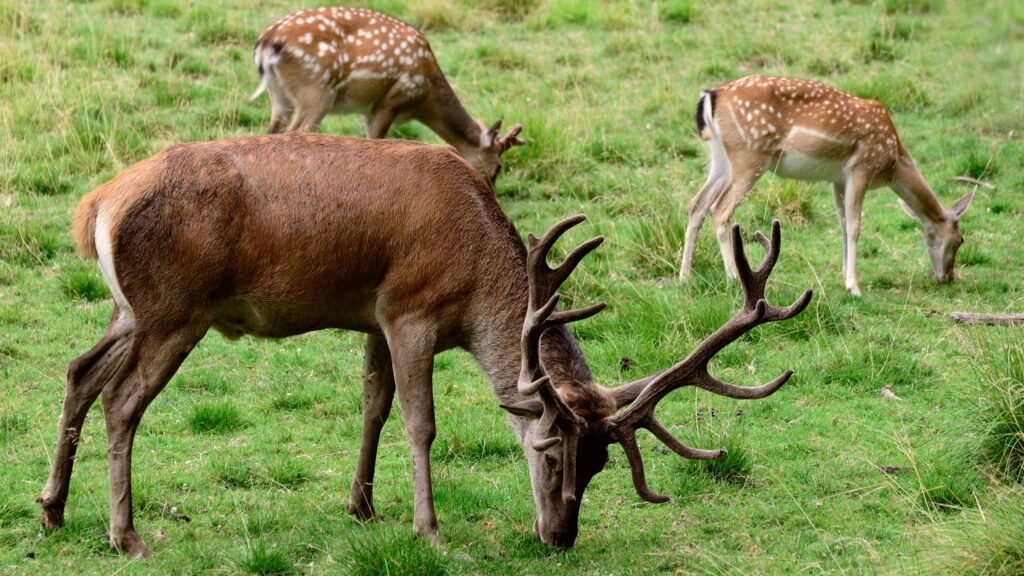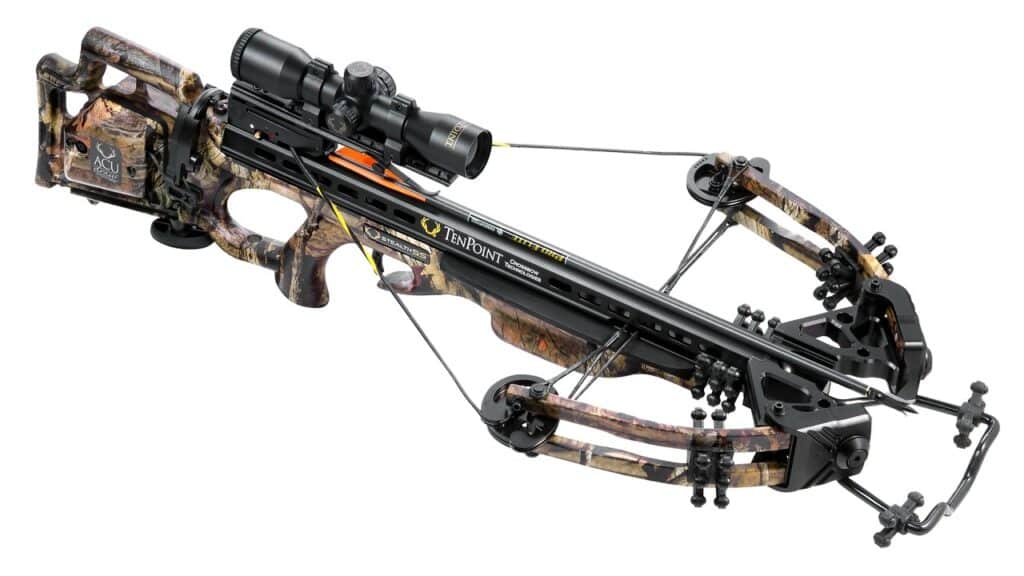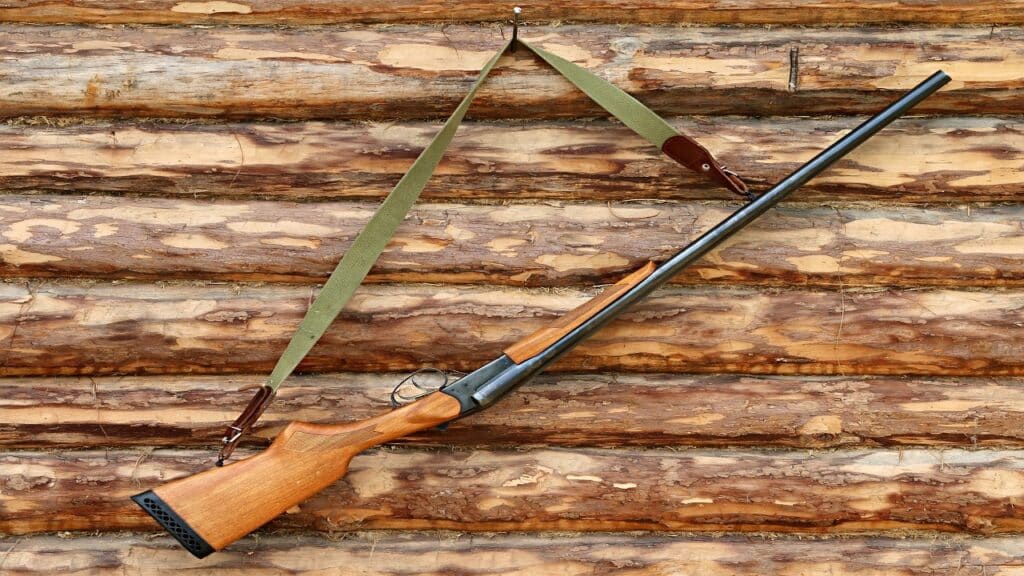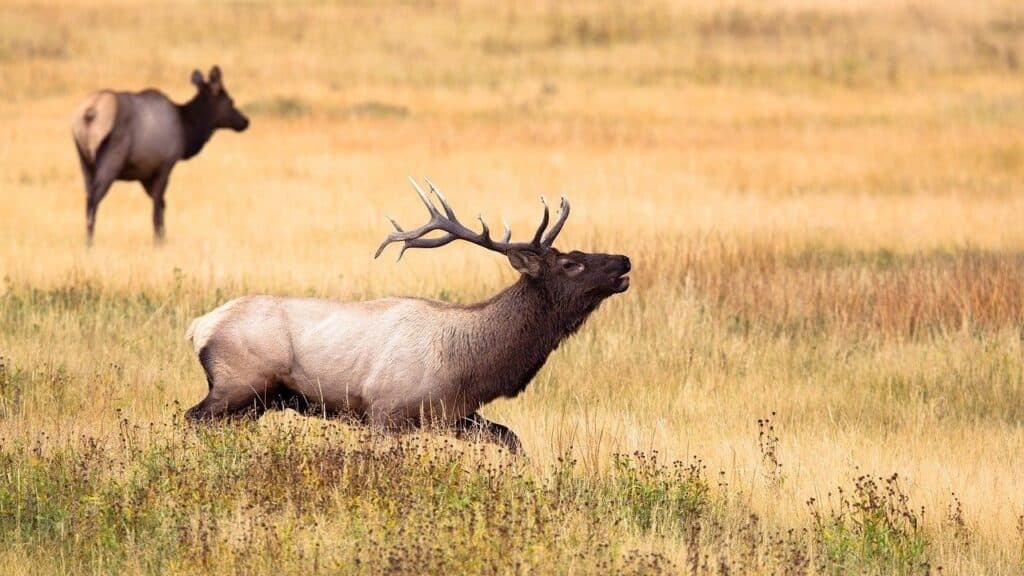At first, it seems to make a lot of sense to hunt deer at night: they are nocturnally active; you don’t have to worry about your shadow; you probably have more free time in the evenings; and there’s certainly a unique thrill to testing your skill against an animal alone, at night, in the forest.
But the fact is, night deer hunting is illegal in most states. And that makes a certain amount of sense too—it can be very dangerous, and some methods are unethical.
Assuming you are in a state or a country where night deer hunting is legal, you must still know how to hunt deer at night. I will take you through the basic steps to keep in mind.
How to Hunt Deer at Night
Call your local authorities and ask detailed questions about your plans—here are the numbers for all 50 US state Departments of Natural Resources. Get some form of written permission that you can carry with you. If they say no, consider the alternatives.
Here is our step-by-step guide on hunting deer at night.
What You Will Need
As with any hunting trip, make a definite plan ahead of time. This is even more important when hunting at night—make sure you have someone else along, and someone nearby to call. Decide whether you will be spotlighting in some form or using night vision.
- Plan to have the same basic tools as you would for a daytime hunt: your weapon and ammo, camo, water and snacks, knives, a compass, etc.
- Your license, and any additional paperwork giving you permission to hunt at night.
- Personal flashlights, and a portable spotlight if you are allowed to hunt by “spotlighting” (see below). If you are not, consider red lights, which are less likely to spook animals.
- Night vision scope or a red dot sight, to get accurate shots in the dark.
- A fully-charged cell phone and a backup power bank.
- Warm clothing and rain gear—check the forecast.
Here is a video demonstrating that red lighting is less visible to your quarry.
Pro Tip: When picking your equipment, remember that while darkness makes a huge difference to us, it is not really a disadvantage to the deer. They have good night vision, and of course, their keen hearing and smell are unaffected.
Take all the same precautions that you normally would: wear scent-free clothing, find land that you can walk on noiselessly, wear camo, and find good cover or set up a ground blind in advance.
Another Pro-Tip: Consider the phases of the moon when planning your trip. A full moon is best, as it means greater visibility and safety without unnatural lighting. Just remember that the deer can see better too—you will need to treat it exactly like day hunting.
Stick Together
Once you are in the forest, do not split up from your companion or group. It is too easy to mistake a human for a deer in the dark. Additionally, it is much easier to slip and fall or meet a dangerous animal at night, and much harder for a rescue team to find you.
Keep hunting walkie talkies handy (silenced, of course!) at all times. If you are spotlighting, you should not need to go as far from your vehicle. If using night vision or thermal vision, hunt in a familiar area with easy terrain.
Shining a bright light on a deer at night, or “spotlighting,” will make it freeze in place. Hunting this way is illegal almost everywhere unless you have special permission.
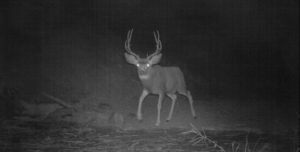
Pro Tip: You should not be night hunting on public land; it is usually illegal, and for good reason: in the dark, you cannot tell what buildings, animals, or people are behind the shot you’re lining up.
If you are on someone else’s land or a shared area, be sure to coordinate with the owners so that no one else will be out while you’re hunting.
Stay Patient and Aware
Night hunting is unpredictable; you may have success right away or a spot may pay off after an hour. The deer might be just out of your range of vision, so stay quiet and keep watching.
You may also see some nocturnal predators that you didn’t expect, or predators behaving differently than in daylight. Let these animals go about their night activities in peace, and if you feel threatened, quietly move in the opposite direction to a new spot. Only shoot if they spot you and behave aggressively.
Pro-Tip: It’s quite possible that you will find night hunting lucrative and enjoyable! Although it may be tempting to keep going all night, stick to the limits that you have permission to bag, that you can carry away easily, and that will fit in your vehicle(s). There will be plenty of other nights to come.
Consider Alternatives
It bears repeating that night-hunting of deer is illegal almost everywhere, especially “spotlighting” (shining bright lights at the deer to freeze them).
Even taking all of the above into account, night hunting has its risks. If you cannot get permission to hunt deer at night or find that it just isn’t for you, there are plenty of other options:
- Hunt something else. Many areas that ban night hunting for deer allow it for other animals, including foxes, coyotes, raccoons, and hogs.
- Hunt at dawn and dusk. These are times of high deer activity throughout the year, and you may be able to hunt for a short period before sunrise and after sunset. Again, check with your local hunting authorities.
- Set up a high-quality trail camera to track deer. This is a rewarding way to track deer movement at night and predict where they will be first thing in the morning.
- Spot without shooting. In some places, you are allowed to spotlight deer only to view them, on the condition that you don’t have any weapons in your car. This is another way to better understand nocturnal activity so you can find them in the morning.
I wrote this article because, while there are a lot of sites out there telling you not to hunt deer at night, I couldn’t find many quality tips for those few individuals who can do so legally.
I hope these steps were helpful to you, and I wish you a safe and successful hunt! I link below to some quality sources for more night hunting and deer hunting steps that every outdoorsman should review.
References and Further Reading
Last Updated on January 4, 2024 by Marty Prokop
